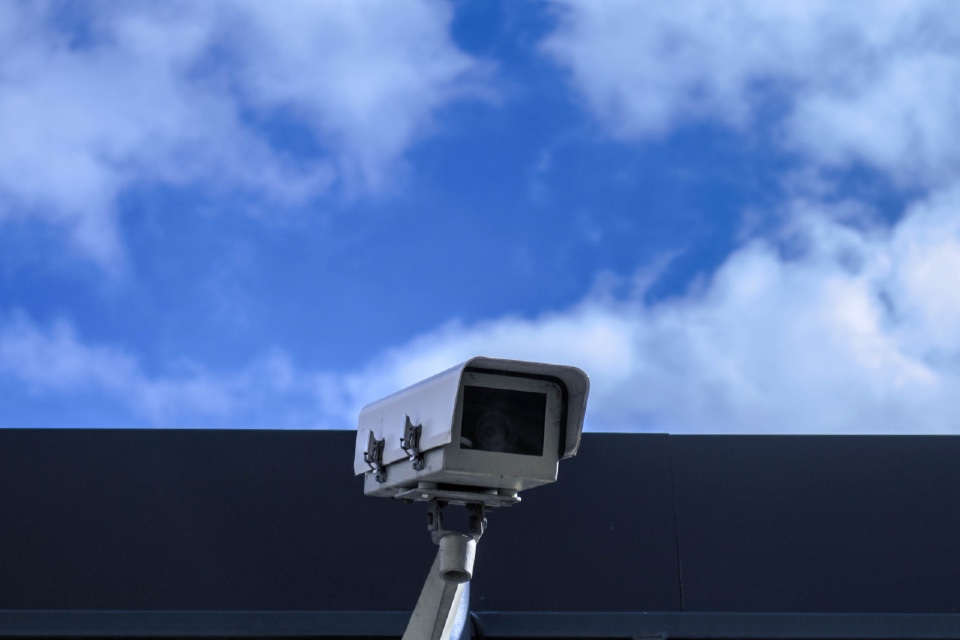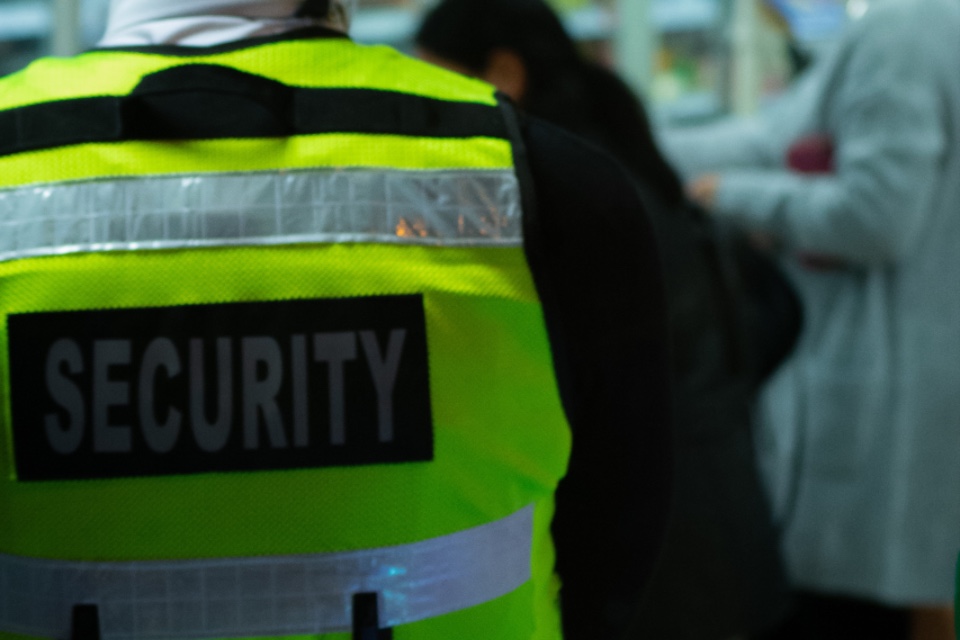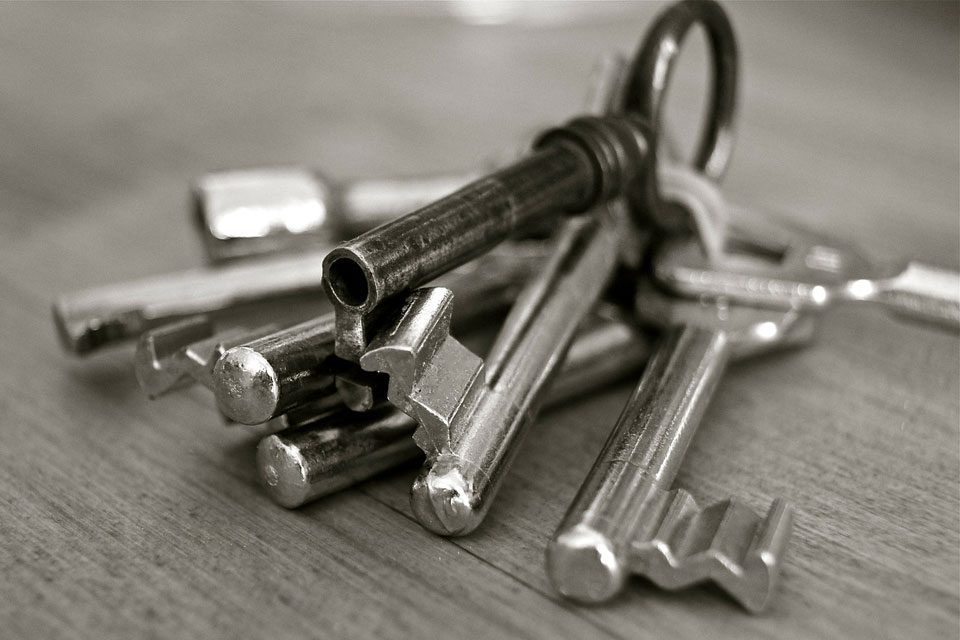Artificial Intelligence (AI) and Machine Learning (ML) have emerged as formidable tools for physical security professionals, significantly enhancing the capabilities of loss prevention strategies. These technologies are not merely augmenting traditional security measures but are reshaping them, offering innovative solutions to complex challenges faced by the sector. Here we explore the impact of AI and ML on loss prevention in commercial physical security…
One of the primary applications of AI and ML in commercial security is in advanced surveillance systems. Traditional surveillance often relies on human monitoring, which is susceptible to fatigue and error. AI-powered cameras and software, however, can continuously monitor and analyse video feeds for suspicious activities or anomalies. With ML algorithms, these systems learn and improve over time, becoming more adept at identifying potential threats. In retail environments, for instance, AI can detect unusual patterns of movement or behavior indicative of shoplifting or internal theft, alerting security personnel in real time.
Another area where AI and ML have made significant inroads is in access control systems. Biometric systems, such as facial recognition and fingerprint scanning, have become more sophisticated due to ML algorithms. These systems can now accurately verify identities, reducing the risk of unauthorized access. In addition, AI can analyze access patterns to detect unusual entries or attempts, further bolstering security.
AI and ML are also transforming intrusion detection systems. Traditional alarm systems may trigger false alarms due to benign disturbances, but AI-enhanced systems are capable of distinguishing between genuine security threats and non-threatening anomalies. This precision reduces the number of false alarms, ensuring that security personnel can focus on real threats and improving overall response times.
Moreover, AI-driven analytics play a crucial role in preemptive security measures. By analyzing vast amounts of data, AI can predict and identify areas of vulnerability within a commercial space. This predictive analysis enables security professionals to implement preventative measures before a security breach occurs.
The integration of AI and ML has also improved the efficiency of security operations. Automated processes, powered by these technologies, can handle routine tasks, freeing up human security personnel to focus on more strategic activities. This not only enhances the effectiveness of the security team but also reduces operational costs.
Furthermore, in the context of loss prevention, AI and ML provide invaluable insights into customer behavior and operational inefficiencies. Retailers, for example, can use AI to analyze customer movement and interaction with products, leading to better store layouts and product placements that minimize the risk of theft.
AI and ML are proving to be powerful allies for commercial physical security professionals. By enhancing surveillance, access control, intrusion detection, and providing predictive analytics, these technologies are significantly improving loss prevention strategies. As AI and ML continue to advance, their integration into commercial security systems promises to bring even more sophisticated solutions, transforming the landscape of physical security and loss prevention.






